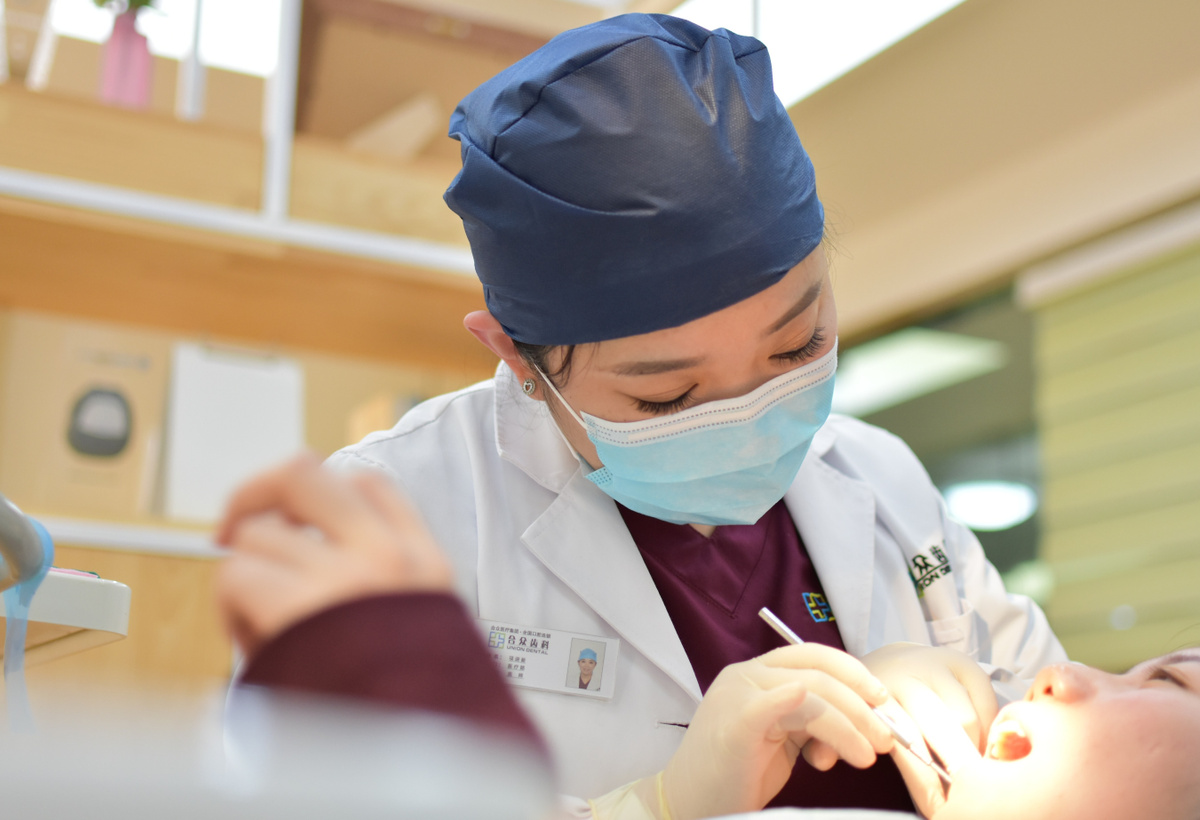
Background
CAD/CAM (Computer-Aided Design and Computer-Aided Manufacturing) technology in dentistry provides a range of dental restorations including crowns, veneers, inlays and onlays, fixed bridges and dental implant restorations. The materials employed in this process, however, including metals, porcelains and composites, are characterized by remarkable discrepancies in mechanical properties compared to the natural teeth, such as hardness, elasticity and temperature coefficient. Such differences in physical properties are causative factors in the development of microleakage and subsequent dental caries.
Technology
Researchers at Stony Brook University are developing a method to physiologically produce natural enamel, which can be used as a new material in CAD/CAM milling dental restorative applications. The advantages of such natural enamel for CAD/CAM dental applications include physical properties similar to that of natural teeth that will minimize microleakage and any subsequent dental caries, as well as provide a more natural appearance and higher esthetic acceptance. The rising costs of metal and porcelain materials also make the fabrication of natural enamel financially cost-effective.
Advantages
No such products are available - Minimize microleakage and any subsequent dental caries - A more natural appearance and higher esthetic acceptance
Application
The creation of natural enamel.
Inventors
Stephanos Kyrkanides, Professor & Chair, Children's Dentistry
Li Ma, Research Assistant Professor, Pediatric Dentistry
Sabine Brouxhon, Associate Professor, Emergency Medicine
Licensing Potential
Development partner - Commercial partner - Licensing
Licensing Status
Exclusive license - all fields. Stony Brook are seeking to develop and commercialize, by an exclusive or non-exclusive license agreement and/or sponsored research, with a company active in the area.
Licensing Contact
Sean Boykevisch, Director, Intellectual Property Partners, sean.boykevisch@stonybrook.edu, 6316326952
Patent Status
Patent application submitted
Tech Id
8570
